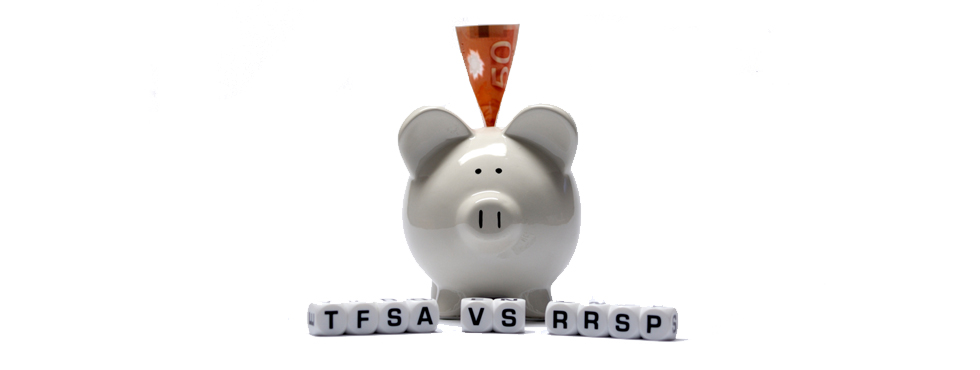Portfolio Management
- At November 10, 2018
- By Admin
- In Blog
 0
0
What should I expect to pay for Investment Management Services? What can I expect from a Portfolio Manager? These are questions clients often ask. Several years ago, we went looking for an Investment Management Firm to refer our clients to.
What did we ask for?
- Independent fee for service professional Portfolio Management.
- Client accounts designed specifically for each client, accounts that would recognize client risk tolerance, liquidity needs, values and investment preferences.
- A firm that would be interested in our clients even if they didn’t have a million or more dollars to invest.
- A firm that would have low fees, where ideally the fees would be tax deductible and could include ongoing third party monitoring and review.
What did we find out?
- Most of the big firms weren’t interested in a different model.
What did we do?
- We spoke to independent advisors we knew and had known for years. People whose personal values, professionalism, communication style, track record and commitment to clients matched our values, integrity and client profiles.
- We developed a model, based on fees of no more than 1.5% of assets managed, tax deductible for non-registered accounts, to include payment of our services for on-going monitoring and review.
What is the process?
- When we have clients with Investment Management needs who wish to be referred for Portfolio Management services, we provide an initial 3 way telephone meeting with ourselves, the clients and the Portfolio Manager.
- We introduce the client to the Portfolio Manager.
- The Portfolio Manager provides a summary of the process and services they offer.
- When the client needs match with the services offered, and the client wishes to proceed, regulatory paperwork is exchanged and an investment account is opened.
- Several times per year, we have 3 way telephone meetings with the client and the Portfolio Manager.
- After each meeting a Summary of Discussion document is prepared and sent to the client and the Portfolio Manager, ensuring everyone has the same understanding.
When did we set this up?
- Ten years ago, in 2008.
What do our clients say?
- Thank you. I am so pleased to have the benefit of your independent professional advice.
- I am happy my Portfolio Manager is looking after all of this, so I don’t have to worry about it.
- I am satisfied with our returns within our managed risk profile.
- Thank you, I appreciate your referral to Portfolio Management services, especially in these uncertain times.
- These telephone reviews are great, they help me learn more and understand better.
- The Summary of Discussion follow up is so helpful, and I really like that we are all on the same page. We often refer back to the summary when we need to remember something.
- We really appreciate the comprehensive financial planning services you provide through your on-going monitoring and review process.
- We value the low, tax deductible fee and the services it includes.
- You make everything so easy, and I love the way it keeps us on track.
TFSA vs. RRSP
- At October 10, 2018
- By Admin
- In Blog
 0
0
Do you wonder what is the best way to save – in a RRSP or TFSA?
What makes the most sense from a tax planning perspective? What about easy access to the funds if you need to cover an unexpected cash requirement?
When you deposit funds in your RRSP you are able to deduct the amount from your taxable income. You save money on your income tax bill that year, based on your top marginal income tax rate (MTR). Marginal tax rates can range from 20% to 50%, depending on your province of residence. When you take funds out of your RRSP you pay income tax at your marginal tax rate for the year of the withdrawal.
RRSP contributions use up RRSP contribution room. When you take money out of your RRSP you do not create more room.
How does this compare to a TFSA?
After tax dollars are contributed to a TFSA. Funds invested grow tax free. Funds withdrawn are not taxable, and create more room for further TFSA deposits.
What about types of investments in each?
Basically, you can invest in the same types of investments in either a RRSP or TFSA. For example you could have savings accounts, guaranteed investments, stocks, bonds or pooled or mutual funds. The type of investments that qualify for RRSPs are the same as those that you can invest in with your TFSA.
What is the bottom line?
If we presume both are long term investments that you expect you won’t need to access in the medium term, then to the extent your marginal income tax rate is currently over 30% and you expect your marginal tax rate to be lower when you make your withdrawals, it makes sense to use a RRSP.
If you are at the 30% marginal tax rate it doesn’t make a lot of difference if you use a TFSA or RRSP, as long as you expect your top tax rate not to exceed 30%.
If your MTR is greater than 30%, it makes sense to use a RRSP.
If your MTR is 30% or lower, use the TFSA.
Other considerations?
Do you have an emergency fund? Or a line of credit you can access for emergencies?
Are you relying on your investment account for unforeseen expenses? If so, consider the TFSA.
Are you sure you won’t need to access the account until much later when you have less income and a lower tax rate? Then, use a RRSP.
RESP Eligible Grants
- At September 10, 2018
- By Admin
- In Blog
 0
0
Did you know children in BC qualify for $1,200 paid into their RESP accounts. Yes, free money – no strings attached. Here’s the link to find out more.
And for families who qualify, based on their family income and the number of children in the family, there is an additional up to $2,000 per child payable from the Government of Canada into the child’s RESP.
You will need a Social Insurance Number for your children to set up a RESP account. You can go directly to your bank or credit union and tell them to expect the funds from the government. You needn’t deposit any other funds to get the money your children are eligible for. And, when you are able to make contributions, there is an additional up to 40% of amounts you deposit available from the Government of Canada as a Canada Education Savings Grant.
Yes, you can start saving for your children’s education, even when expenses are high and there is no spare cash. Get started with your children’s eligible funds from the programs available. Later on, when family cash flow improves, you can add to it – and receive even more eligible funds for your children.




